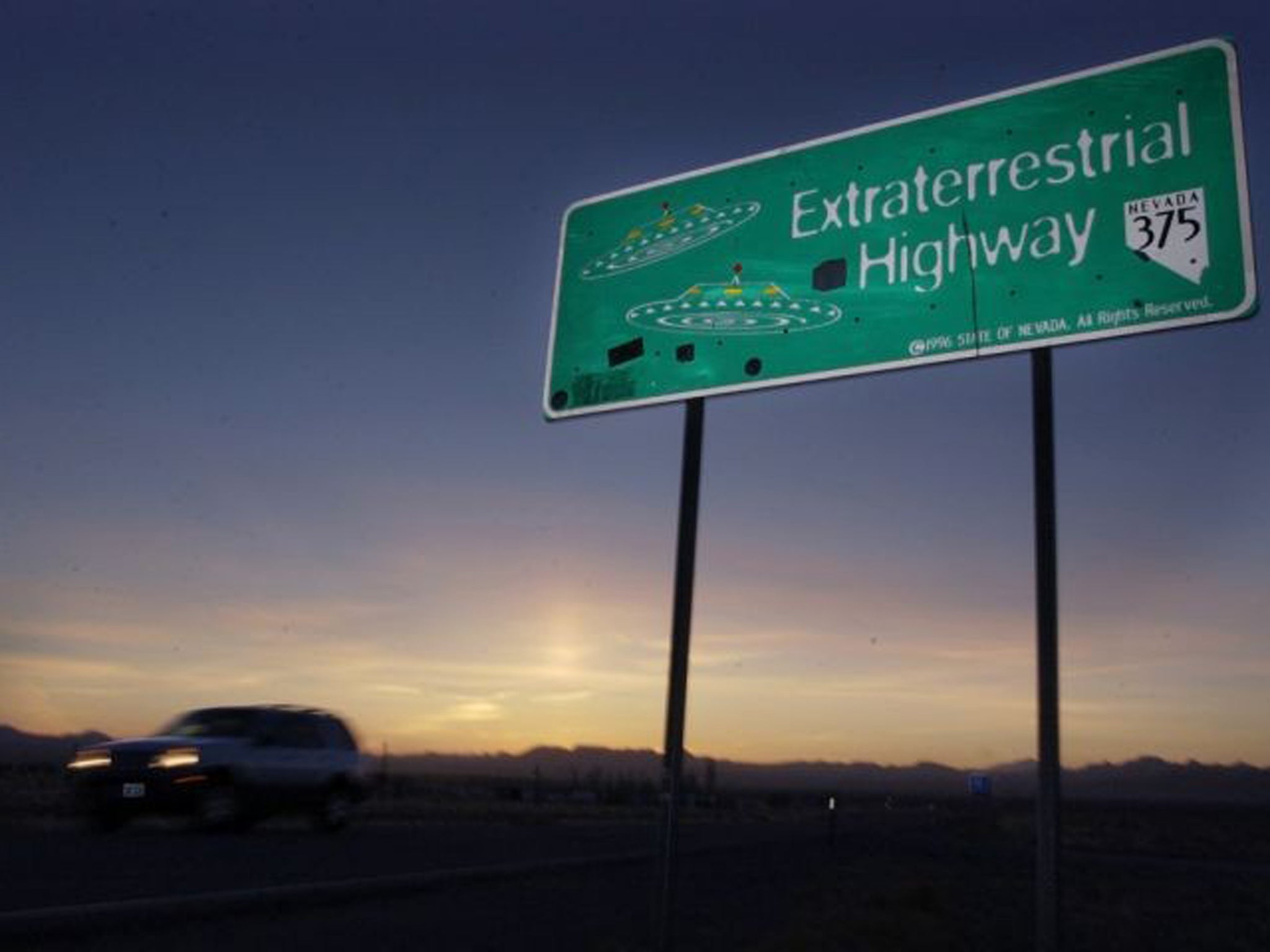Global warming on other planets to stop us finding aliens, scientists say
But we shouldn't give up hope of finding extraterrestrials just yet

Your support helps us to tell the story
From reproductive rights to climate change to Big Tech, The Independent is on the ground when the story is developing. Whether it's investigating the financials of Elon Musk's pro-Trump PAC or producing our latest documentary, 'The A Word', which shines a light on the American women fighting for reproductive rights, we know how important it is to parse out the facts from the messaging.
At such a critical moment in US history, we need reporters on the ground. Your donation allows us to keep sending journalists to speak to both sides of the story.
The Independent is trusted by Americans across the entire political spectrum. And unlike many other quality news outlets, we choose not to lock Americans out of our reporting and analysis with paywalls. We believe quality journalism should be available to everyone, paid for by those who can afford it.
Your support makes all the difference.Many of the planets that we thought might hold aliens are probably far too hot to support life, scientists have said.
Global warming might mean that many of those billions of planets aren’t able to host life, despite being similar to the Earth, according to new research.
But there still could be a “bonanza” of small planets the size of Mars that might be able to host aliens, the research suggests.
Scientists had previously thought that Earth-sized planet close to red dwarf stars could have the right conditions for supporting life.
But despite the fact that they are the right distance from the stars to allow for liquid surface water - thought to be necessary to support living things – their environment probably means that they are far too hot to actually support it.
Their thick atmospheres would cause a runaway greenhouse effect, boiling away water and rendering them too hot for life. A similar effect is seen on Venus, where surface temperatures are hot enough to melt lead.
Since red dwarfs make up around three-quarters of the stars in the Milky Way, scientists had expected them to host billions of habitable planets.
Although many of these planets are born with thick hydrogen and helium atmospheres, radiation from the parent stars was expected to blast away much of the gas.
Detailed computer simulations have now shown that planets the size of Earth or larger orbiting close to red dwarfs are likely to retain their thick atmospheres.
On the other hand, smaller planets similar in size to Mars might lose enough of their atmospheres to make them habitable.
Dr Subhanjoy Mohanty, one of the researchers from Imperial College London, said: "There are hints from recent exoplanet discoveries that relatively puny planets may be even more common around red dwarfs than Earth mass or larger ones, in which case there may indeed be a bonanza of potentially habitable planets whirling around these cool red stars."
The study is published in the journal Monthly Notices of the Royal Astronomical Society.
Additional reporting by agencies
Join our commenting forum
Join thought-provoking conversations, follow other Independent readers and see their replies
Comments